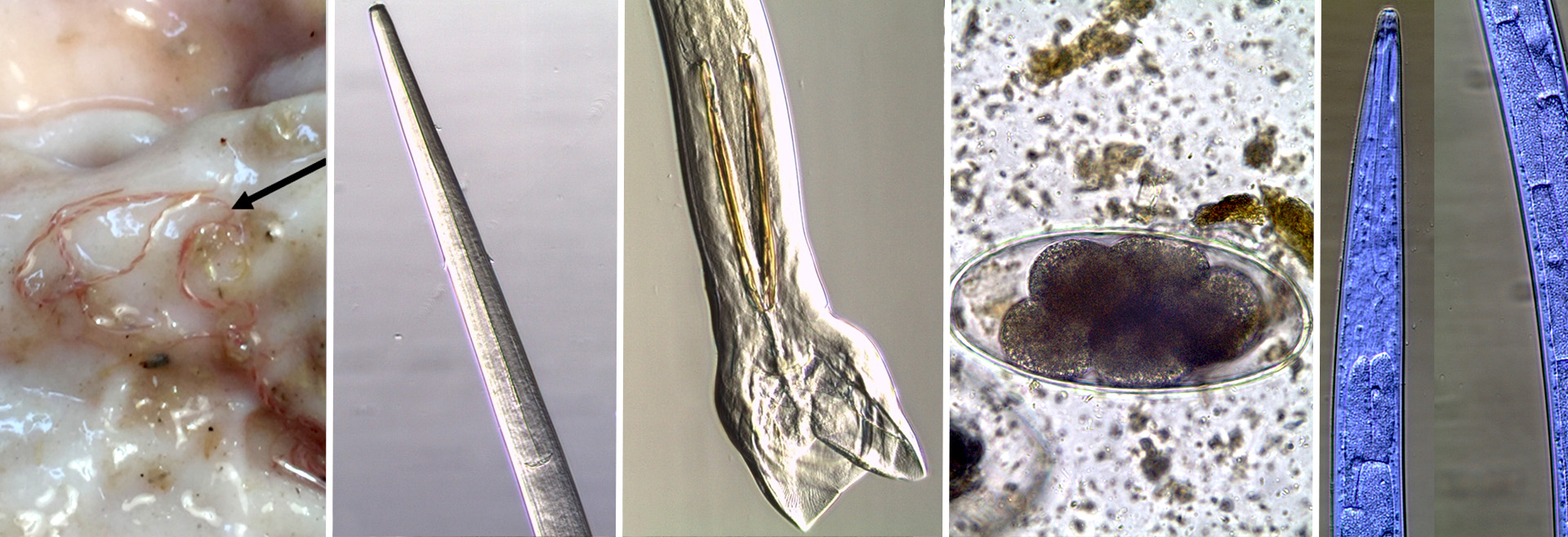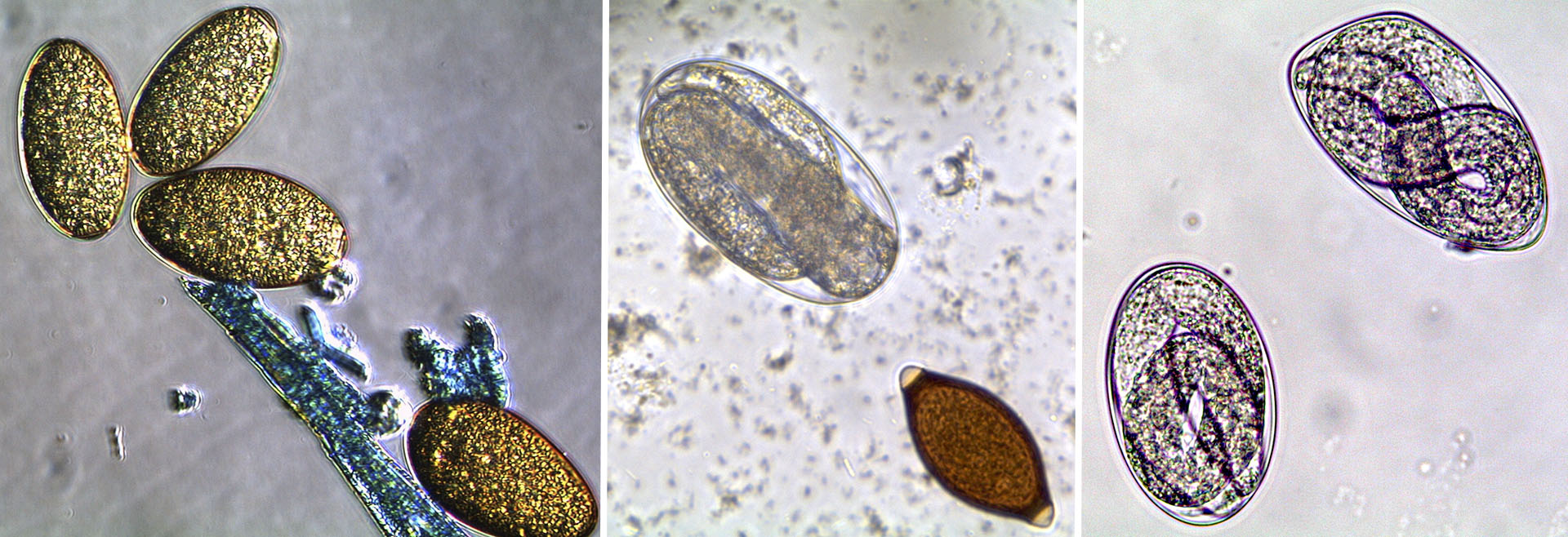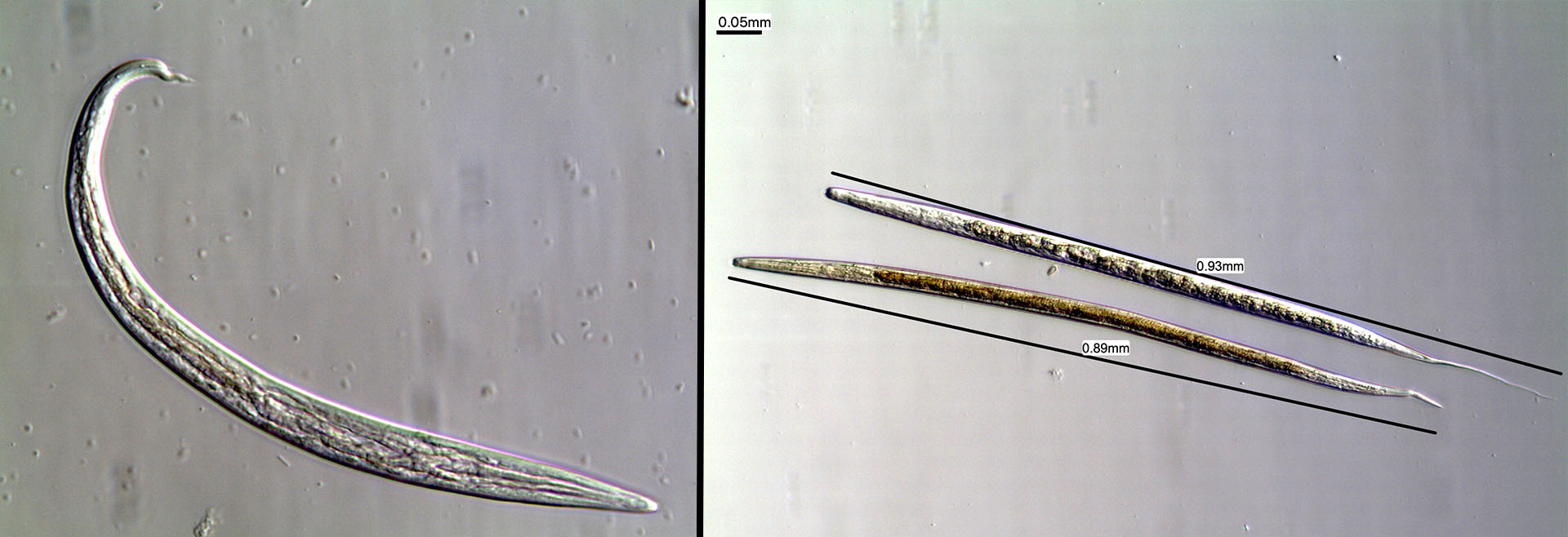The primary objective of this project is therefore to identify genetic markers underlying genetic resistance to internal parasites that could be applied in the genetic improvement of the Merina Branca breed. This will be achieved by comparing resistant versus susceptible sheep genotypes. Resistance to parasites will be assessed with a panel of phenotypic traits. Other objectives of the project include the epidemiological study of internal parasite species affecting sheep in different agroclimatic areas and the assessment of anthelminthic resistance of parasites with major impact on sheep production.
Specific objectives
Objective 1
Identification of genetic markers underlying genetic resistance to internal parasites:
Genotyping of 400 lambs of the Merino branca breed aged 4-12 months by Illumina OvineHD Beadchip. Animals will be selected from a total of 1050 lambs to represent the high and low extreme levels of infection (high and low), based on the following phenotypic characteristics of resistance: FEC (fecal egg count), FAMACHA© scores, body weight and haematological and biochemical parameters (Complete blood count, total serum protein, serum albumin, AST, ALT). GWAS analysis to identify significant SNP markers correlated with phenotypic resistance traits and post-GWAS studies to identify candidate genes and putative biological pathways involved in resistance.
Objective 2
Epidemiologcal study of internal parasitoses in the Merino Branca breed:
Diagnosis of parasitosis in blood and faecal samples collected from 1050 animals in 35 farms located in different geographical areas, using coprologic (FLOTAC® and coproculture), serological and molecular biology techniques. Construction of a database containing geographic information, individual animal data, and data on production/management and use of anthelmintics. Statistical and spatial data analysis to determine the prevalence, geographical distribution and risk factors for the different parasite species identified in the course of the study and construction of risk maps for the occurrence these parasites.
Objective 3
Assessment of anthelminthic resistance
Evaluation of resistance to benzimidazoles in two of the most prevalent and pathogenic gastrointestinal parasites in Europe, Haemonchus contortus and Teladorsagia circumcincta by quantitative analysis of three SNPs in the beta-tubulin gene at codons F167Y, E198A and F200Y.


















